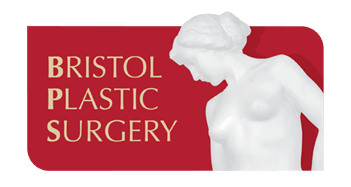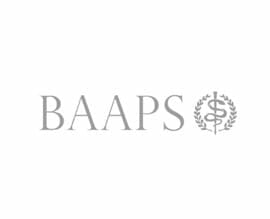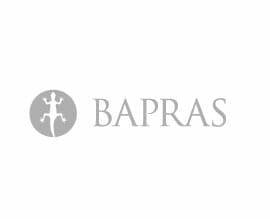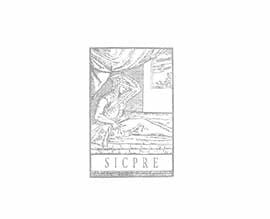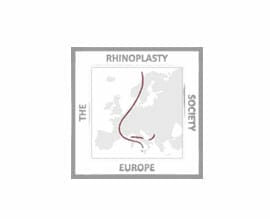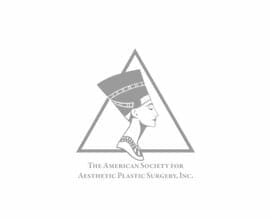Rhinoplasty
If you feel your nose is too prominent or not in balance with the other parts of your face, you may wish to consider a nose re-shaping procedure or rhinoplasty (also known as a nose job). Right in the centre of our face, the nose can be the focus of our concerns with appearance. During the teenage years, the nose undergoes quite rapid changes but with the onset of maturity, towards the end of that decade, it has attained most of its growth potential. From then on our noses subtly change throughout life. A rhinoplasty or nose reshaping can do much to restore confidence at any age.
When considering nose re-shaping, try to be clear in your mind which elements of your nose displease you and convey that to your surgeon in the all-important consultation. Look at the bridge, the tip and the nostrils. Feel too, the texture of your nose skin. Is the skin very thin or very thick? How do you feel about your nose? The psychological aspects are very important. At Bristol Plastic Surgery you will find your surgeon very approachable, sympathetic and able to give you an experienced assessment and sound advice. They have met with similar concerns and noses before and you need not feel self-conscious.
Prices start from £6,680
